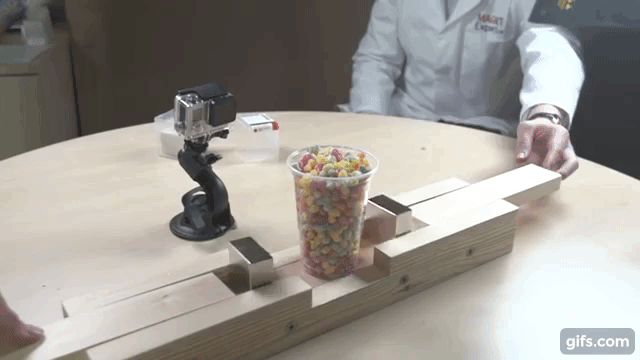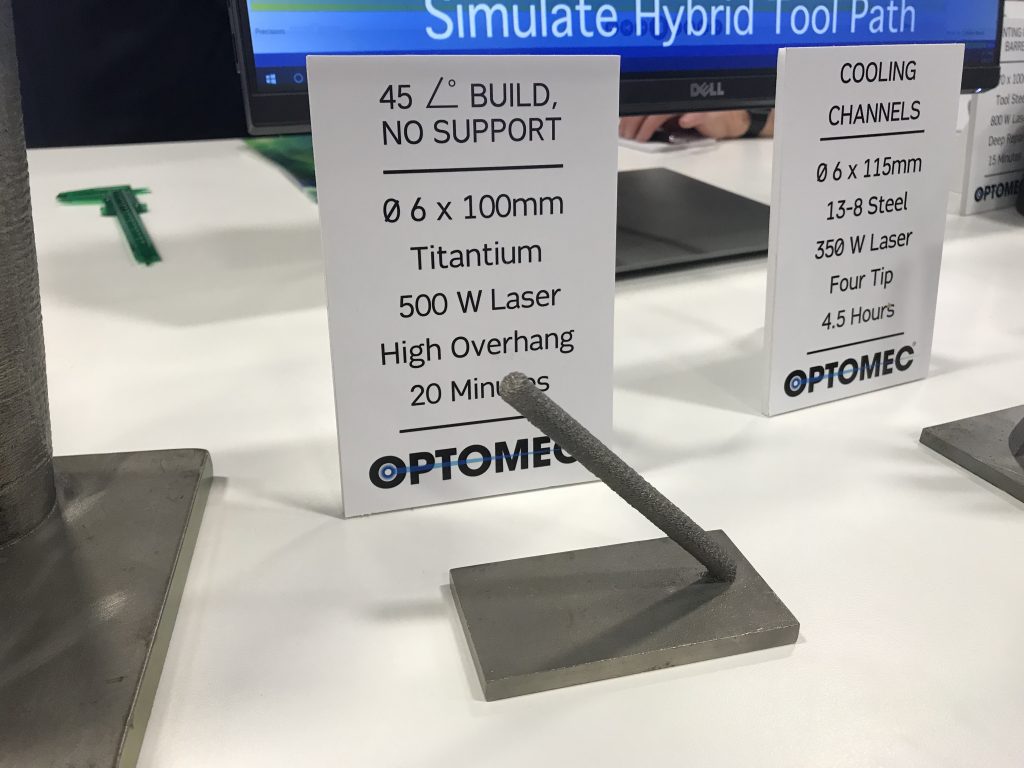Researchers at the U.S. Department of Energy (DoE) Critical Materials Institute (CMI) are using metal additive manufacturing in the hunt for a new material with “exceptional magnetic properties.”
Using Optomec’s Laser Engineered Net Shaping (LENS) process, the team is capable of sorting through innumerable cerium alloy compositions in search of a cheaper, more abundant alternative to rare-earth neodymium iron boron (NdFeB) magnets.
The latest results of this project have now been published online in The Journal of The Minerals, Metals & Materials Society (JOM).

Finding an alternative to the strongest magnets on the market
The CMI is a facility led by Ames Laboratory, Iowa, a national DOE lab concerned with public security and resource management, including the synthesis of new metals for additive manufacturing.
Under this current research directive, the purpose of the CMI is to discover “ways to eliminate and reduce reliance on rare-earth metals and other materials critical to the success of clean energy technologies.”
Neodymium is currently the most widely used, and strongest type of commercial available magnet. It has also been used before in 3D printed magnet development projects by scientists at the National Research Council of Canada (NRC) and Oak Ridge National Laboratory.
However, as a rare-earth metal, the DoE expressed an interest to find an alternative to neodymium, and in this project CMI is revisiting cerium, a known magnet material, to potentially unlock new potential.
Identifying the potential in hours
LENS, a type of directed energy deposition (DED) technology, is used by CMI to speed screen samples of new cerium alloy compositions. On average, a range of samples (around 30 small alloy rods) could be 3D printed in around two hours instead of weeks when compared to traditional manufacturing methods.

To verify the results, the most promising 3D printed samples were manufactured in a second run using traditional manufacturing methods, and confirmed the CMI’s initial findings.
“It is very challenging to use laser printing to identify potential permanent magnet phases for bulk materials because of the need to develop the necessary microstructure,” explains CMI scientist Ikenna Nlebedim, “But this research shows that additive manufacturing can be used as an effective tool for rapidly and economically identifying promising permanent magnet alloys.”
“Rapid Assessment of the Ce-Co-Fe-Cu System for Permanent Magnetic Applications” is published online in JOM. It is co-authored by F. Meng, R. P. Chaudhary, K. Gandha, I. C. Nlebedim, A. Palasyuk, E. Simsek, M. J. Kramer and R. T. Ott.
For more leading additive manufacturing research subscribe to the 3D Printing Industry newsletter, follow us on Twitter and like us on Facebook.
Sign up to 3D Printing Jobs to post and find new opportunities near you.
Featured image shows Optomec DED based LENS technology, 3D printing onto a premade metal surface. Photo via Optomec



